Catnip is an edible plant from the mint family that cats absolutely love. Easy to grow from seed, this perennial plant is a great addition to the herb garden. Learn how to grow catnip from seed and reward your favourite feline with this homegrown herb.
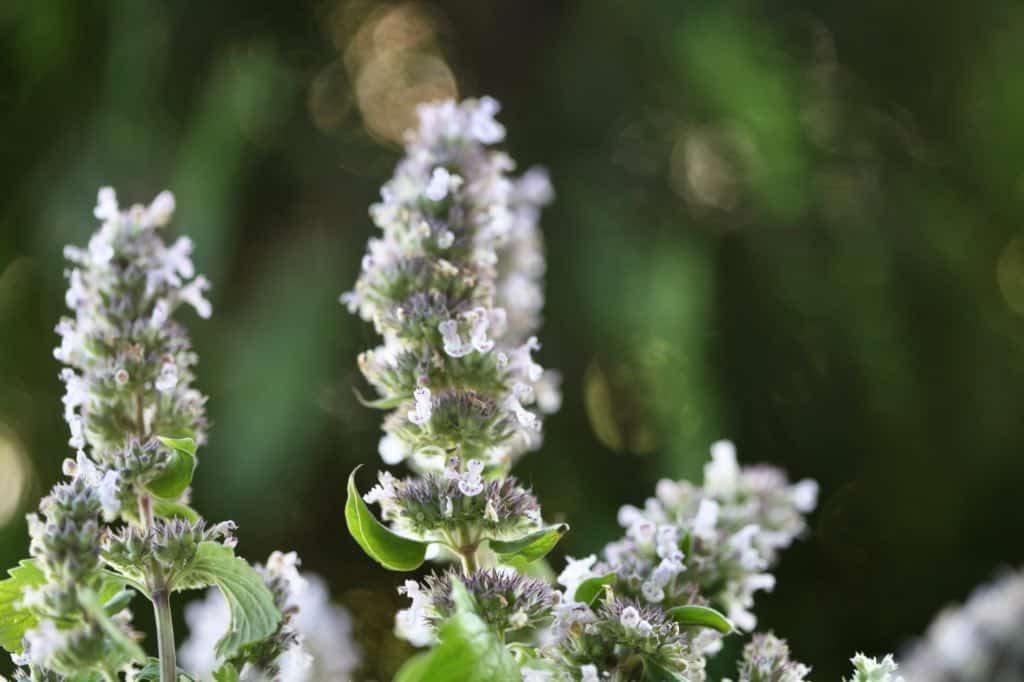
Most cats love catnip, although there are a few that may be indifferent. We have one of those cats at our house.
Our own cat belongs to the one third of all cats who do not react to catnip.
She doesn't seem to get it when we present her with catnip flowers and leaves. Our sweet cat refuses to have anything to do with her special herbal gift.

Luckily, catnip isn't just for cats.
What Is Catnip?
Catnip is a perennial herb which is a member of the mint family, or Family Lamiaceae. It belongs to the Genus Nepeta.
The species name for catnip is Nepeta cataria.
This herb is closely related to catmint, which is within the same genus, although the plants are from different species.

Catmint is a more ornamental garden plant , such as the hybrid Nepeta × faassenii. There are many varieties of catmint available.
The name "catmint" and "catnip" are sometimes used interchangeably, although they are two separate species of nepeta.
Both catnip and catmint are attractive to cats, although catnip has a stronger affect on felines. Cats are known to roll around in patches of both catnip and catmint, growing in the garden.
Catnip attracts bees and other pollinators to the garden.

It also brings in beneficial insects which help to combat garden pests, making it a great companion plant.
Catnip has many benefits, and it is also has culinary uses.
Much less ornamental in appearance than catmint, catnip presents with tiny white flowers that are almost insignificant, unless inspected closely to see their beauty.

So let's now have a look at the plant.
Catnip Flowers
- Catnip flowers grow on spiked flower heads at the top of each stem, as well as at the tips of side branches along the stems.
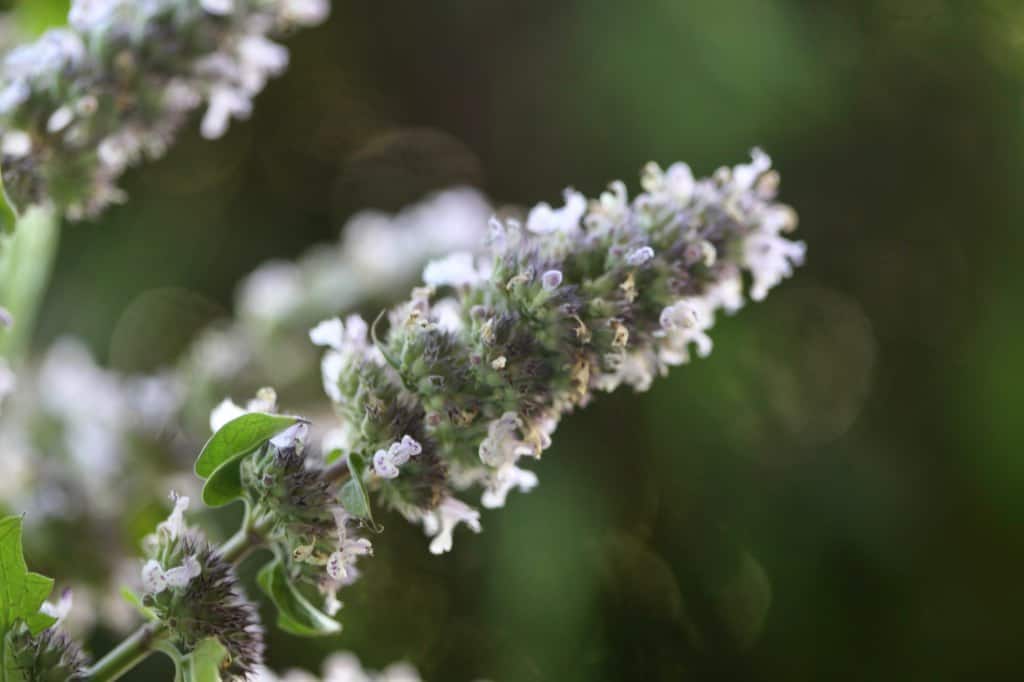
- On each flower head there are clusters of tiny white orchid-like flowers which are patterned with purple specks. The details of these small blossoms are not easily visible to the naked eye, and their beauty can be overlooked, unless magnified.
- The blooms on catnip measure at approximately ¼ cm in width. There are blossoms in various stages of development on the same flower head.
- When I first saw catmint in bloom, I was puzzled, and thought that I was witnessing the spent blooms. This was not accurate however, and the plant had just begun to bloom.

- The reason that the flowers can look like they are finished blooming, is that there are spent blooms and new blooms amongst the flower head, giving the impression of an older flower.
- Once I realized that the blooms were less ornamental as such, I had a new appreciation of their appearance.


- Catnip flowers tend to have a long blooming period, and in my garden bloomed from July into September in their very first year.
- I had a bouquet of catmint on my kitchen table, picked just before a hurricane, to preserve some blooms for just a little longer.
- The bouquet was long lasting, and looked quite lovely on the table.
- The catnip blooms also have a lovely smell, and rubbing the flower head releases a pleasant minty fragrance.

Catnip Leaves
- Leaves on catnip are heart shaped, green, and serrated.
- The individual leaves are attached directly to the stems, and are soft and velvety to the touch due to a covering of tiny hairs on the leaf surface.
- Rubbing a leaf releases a mint-like odour which is quite pleasant.
- Dried catnip is most often made from the leaves of the plant.


Catnip Stems
- Catnip stems are square, which is typical of other herbs in the mint family.
- If you feel along the stem, you can feel the four distinct edges contributing to the square shape.
- The growing stems are also covered with fine hairs.
- Catmint plants have bushy growth, with multiple branching stems coming from one plant. The plants can grow from two to three feet in height.


Catnip Seeds
- The seeds of catmint are tiny, slightly oblong, and brown. They measure approximately 1mm to 2mm in diameter.
- Catnip seeds fall from the plant, and they will readily self seed, producing volunteer plants.

Is Catnip Easy To Grow From Seed?
Catnip is very easy to grow from seed. The seeds germinate easily, and the plants are easy to grow and maintain, and require little care.
The plants can be started indoors in late winter or early spring, or directly sown into the garden.
Winter sowing is also an option since the catnip plant is perennial, and will benefit from a cold chill in the winter months, providing a natural stratification for the seeds.
Plants will grow from seed to bloom within the first growing season.

How To Grow Catnip From Seed
Now let's review the different ways to grow catnip from seed.
Plant Catnip From Seed Indoors
- Generally in our zone 5b garden, we start our flower seeds early in the season so that they can be transplanted out into the garden when the weather warms up.
- Catnip seeds are no exception, and the seeds were planted into cell trays containing a sterile soilless mix.
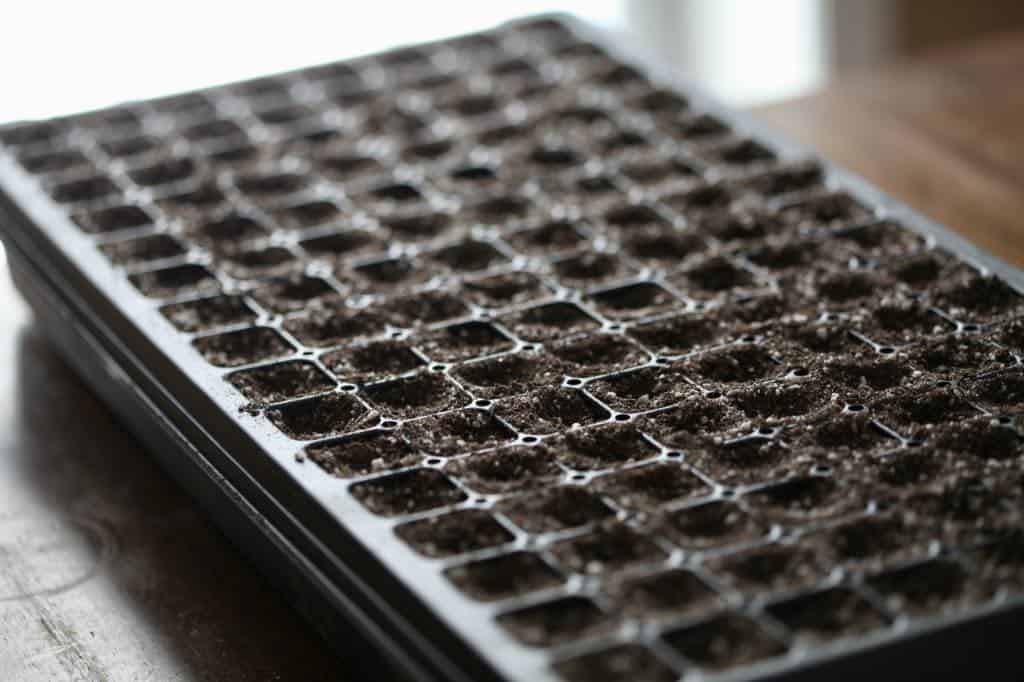
- Since catnip is a perennial, the seeds can benefit from stratification to help with germination.
- That being said, the catnip seeds that I planted this season did not specify to stratify on the package insert.
- I therefore planted them directly from the packet without stratifying, with successful germination.
- The seeds were surface sown, and gently pressed onto the growing medium, and then covered lightly with vermiculite.
- The cell tray was bottom watered, and then placed on a heat mat until there was 60% germination of the seeds.
- Remember to keep the soil moist while awaiting germination, and do not let it dry out.
- Once germinated, the tray was placed under grow lights, and grown until the seedlings were ready to be planted into the garden, once the danger of frost had passed.
- Know your last frost date to determine approximate planting time.
- Plant seedlings into the garden after hardening them off, to acclimatize them to the outdoor elements for best results.

Winter Sow Catnip
Perennials are ideal for winter sowing, as the fluctuation in winter temperatures with freezes and thaws will help to stratify perennial seeds.
- Winter sowing in milk jugs or similar containers is a great option for planting catnip seeds.
- To winter sow, plant the seeds into prepared milk jugs which have been cut in half and hinged, to hold the soilless medium.
- Make sure that the milk jugs have holes for drainage, which are made in the bottom of the jug.
- Fill the bottom half of the jug with soilless medium.
- Surface sow the catnip seeds, press onto the surface, and lightly cover.
- Place the top piece of the jug back onto the bottom half, and seal the container together with duct tape. Leave the pouring spout open on top, and do not cap the hole.
- This hole will allow moisture to enter the jug from the elements during the winter, and also allow warmth to escape if it gets too hot inside the container.
- Winter sowing is a highly successful method for starting hardy seeds that can tolerate the cold. Most hardy annuals and perennial seeds, such as catnip, will benefit from this type of planting.
- In spring, when the weather warms up in your growing zone, the seeds will germinate at just the right time for your growing area.

Direct Sow Catnip
- Direct sowing is another option for growing catnip seeds.
- Surface sow onto a prepared garden bed, either in late fall or early spring.
- Just as with winter sowing, the freezing and thawing in the outdoor environment will not harm the seeds, and will actually help with germination.
- The seeds will germinate in spring, when the weather warms in your growing zone.
- Thin plants to allow for spacing, providing a distance of at least 12 to 18 inches between mature plants.
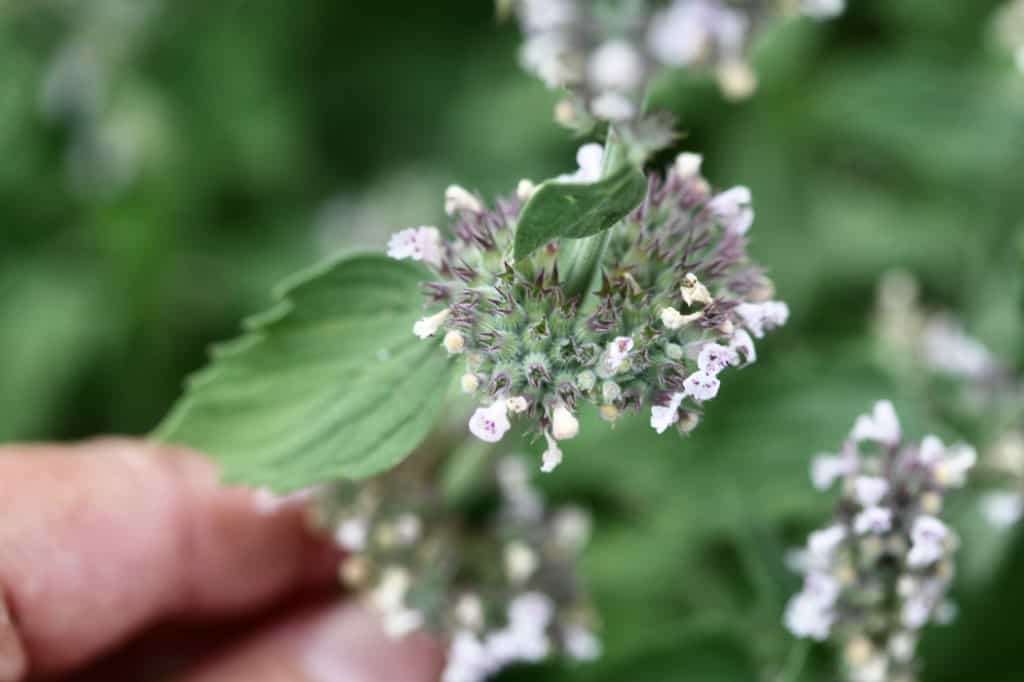
Planting Catnip Into The Garden
If you have started your seeds indoors, or winter sown into containers, springtime is when you would transplant the young plants into the garden.
Transfer indoor grown seedlings into the garden after hardening them off.
Winter sown seedlings will be naturally hardened off, growing outside in their mini milk jug greenhouses.
You can help them to acclimatize even further by removing the upper half of the container for short periods, gradually exposing them to the outside elements, without their protective greenhouse covering.
Plant the catnip seedlings into well-drained soil at least twelve to eighteen inches apart. This will allow for good air circulation, and give them enough room to grow, as the plants can grow large over time.
The plants can also spread via underground runners, and may need to be contained to one area, similar to mint.
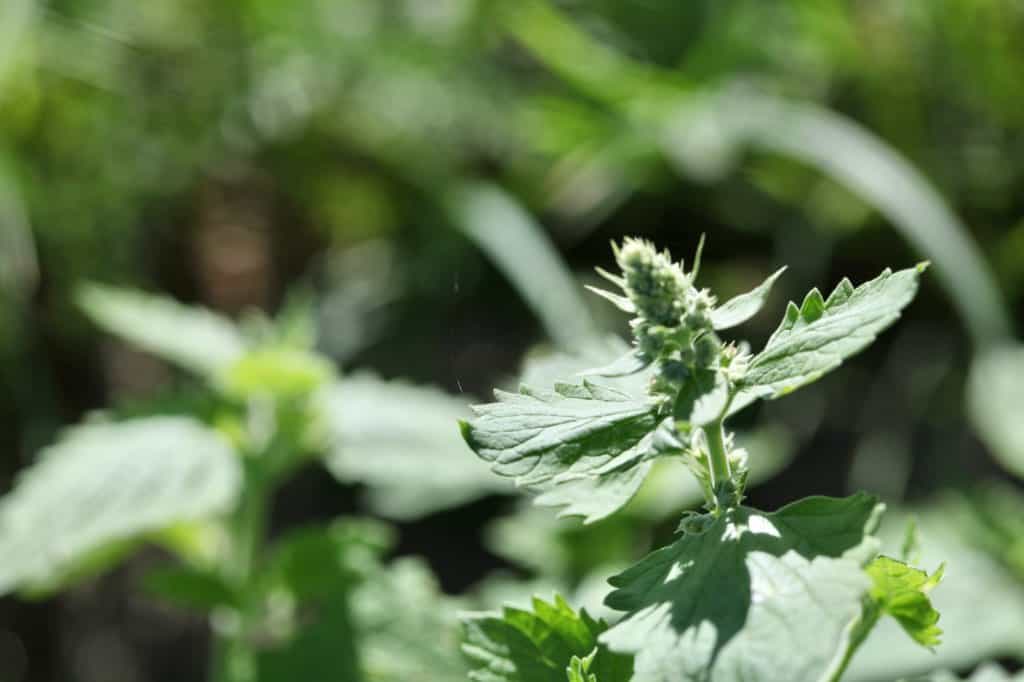
Catnip Care
Growing Zone
- Catnip is hardy in usda plant hardiness zones 3 to 9.
- This herb prefers cooler temperatures.
Light Requirements
- For best flowering plant catnip in full sun.
- Plants will grow in partial shade, however should have at least six hours of direct sunlight for best growth.
- In warmer growing zones, consider a location with afternoon shade to avoid the extreme heat.

Soil Requirements
- Catnip is versatile, and will grow in many different soil types as long as there is good drainage.
- Plant in well drained soil to prevent root rot.
Moisture Requirements
- Keep the newly transplanted seedlings well watered until they become established.
- Once established, catnip is a drought resistant plant.
- Make sure there is good drainage in the planting location, to avoid waterlogged soil.

Pruning
- Pruning the spent flower heads will tidy up the plant.
- Catnip plants can tend to get leggy in shadier locations. Cutting them back by pruning will encourage new growth from side shoots, and contribute to bushier plants.
- This care will also help to prevent self sowing, and release of many seeds back into the garden.
- Catnip will recede into the ground in late fall as it becomes dormant. Top growth will die, and can be pruned away, or left over winter to be composted into the garden.

The Effects Of Catnip On Cats
Approximately two thirds of all cats can be affected and experience a reaction to catnip. The herb can activate receptors in the cat's brain, causing a sense of euphoria and a feeling of happiness.
This state of intoxication is only temporary, and will not harm the cat.
The euphoric effect occurs when a substance in the catnip called nepatalactone binds to the olfactory receptors in the cat's nose. Cats exposed to catnip will act a bit crazy, roll around and act somewhat drunken and silly, and appear to really enjoy the herb.

Catnip is often found in cat toys and cat products, which are specially made with the dried leaves of catnip. Since catnip is an attractant for cats, the substance can be used to help cats explore play, as well as encourage positive behaviors.
A recent study reported in Current Biology reveals how catnip repels mosquitos. It reports how the nepetalone in the catnip can activate a chemical irritant receptor in the insects known as TRPA1.
When this receptor is activated, it causes the mosquitos to flee.
This is an interesting finding, and may explain the cat's behaviour of rolling in the catnip leaves, possibly to protect itself from mosquitos.
The leaves of catnip can be dried, and preserved for use throughout the year.
If your cat loves catnip, consider growing this unique herb in your herb or flower garden. Your cat will love you for it.

Culinary Uses Of Catnip
Catnip is edible, and both the fragrant flowers and leaves have culinary uses.
Use the tiny fresh flowers to decorate your baking, or as a delicate garnish on salads and other dishes.
Fresh catnip leaves can be added to salads as well.
Leaves can also be dried and used to make a soothing herbal tea.
You can dry catnip leaves just as you dry mint leaves for tea.

Catnip As A Companion Plant
Consider planting catnip in the garden as a companion plant.
If you are worried about catnip spreading in your vegetable garden via underground runners, as members of the mint family often do, consider placing catnip in containers throughout the garden.
Catnip is known to deter certain insect pests, such as aphids, Colorado potato beetle, flea beetles, Japanese beetles, slugs, squash bugs, weevils and more.
Plant catnip as a companion plant with many different crops, including potatoes, pumpkins, squash, broccoli, and beets, just to name a few.

Conclusion
Catnip is a hardy perennial herb of the mint family, which is easy to grow from seed ,and a great plant to have in the garden.
Although not an ornamental, catnip with it's small white flowers is beautiful in it's own way.
Catnip is beneficial to the garden in many ways, attracting pollinators and beneficial insects, and deterring garden pests.
If you have a cat who loves catnip, having homegrown catnip in the garden is a bonus.

Have you ever tried to grow catnip from seed? Be sure to leave a comment below to share your experience!
Other Posts You May Like:
PIN IT FOR LATER!





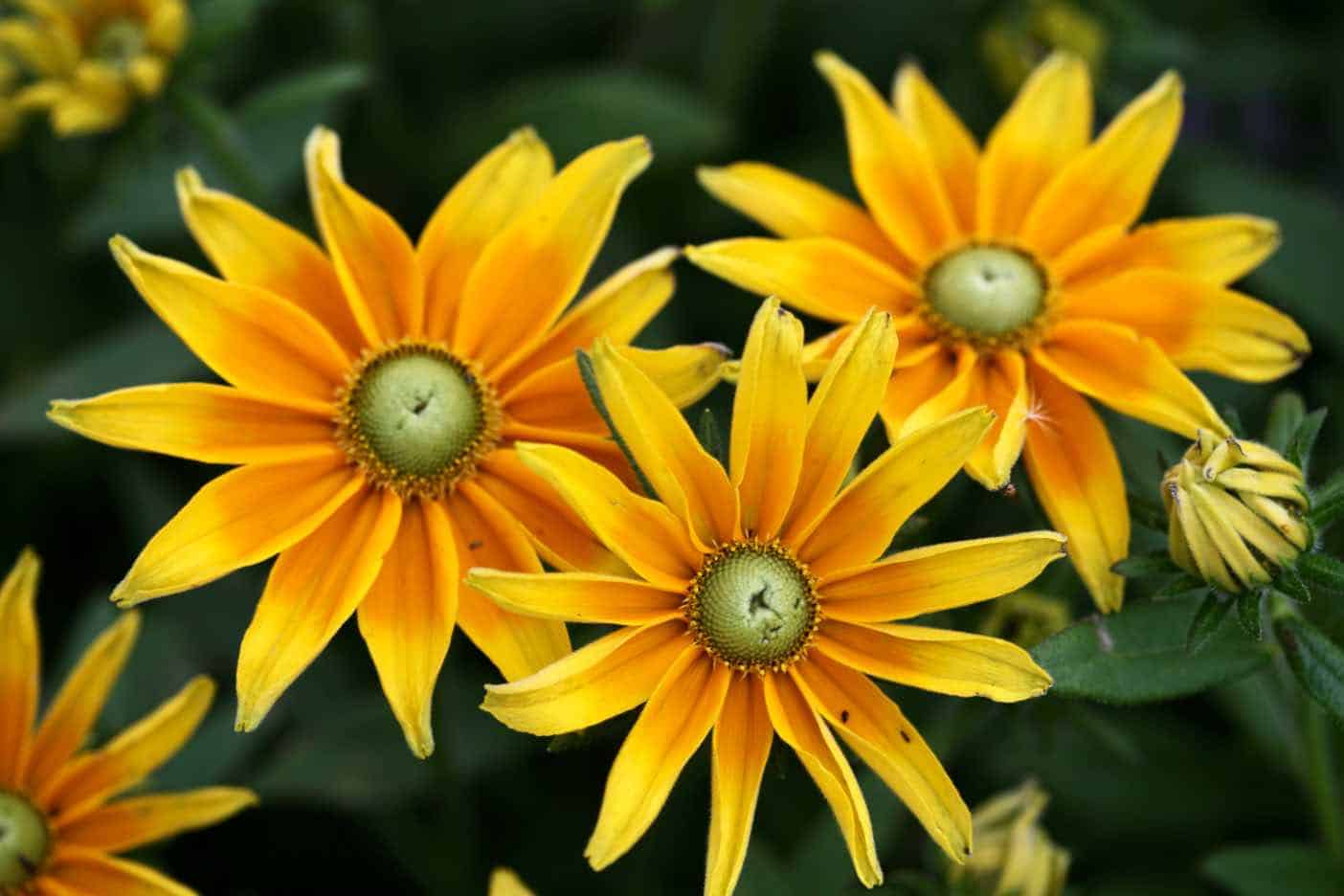




Leave a Reply